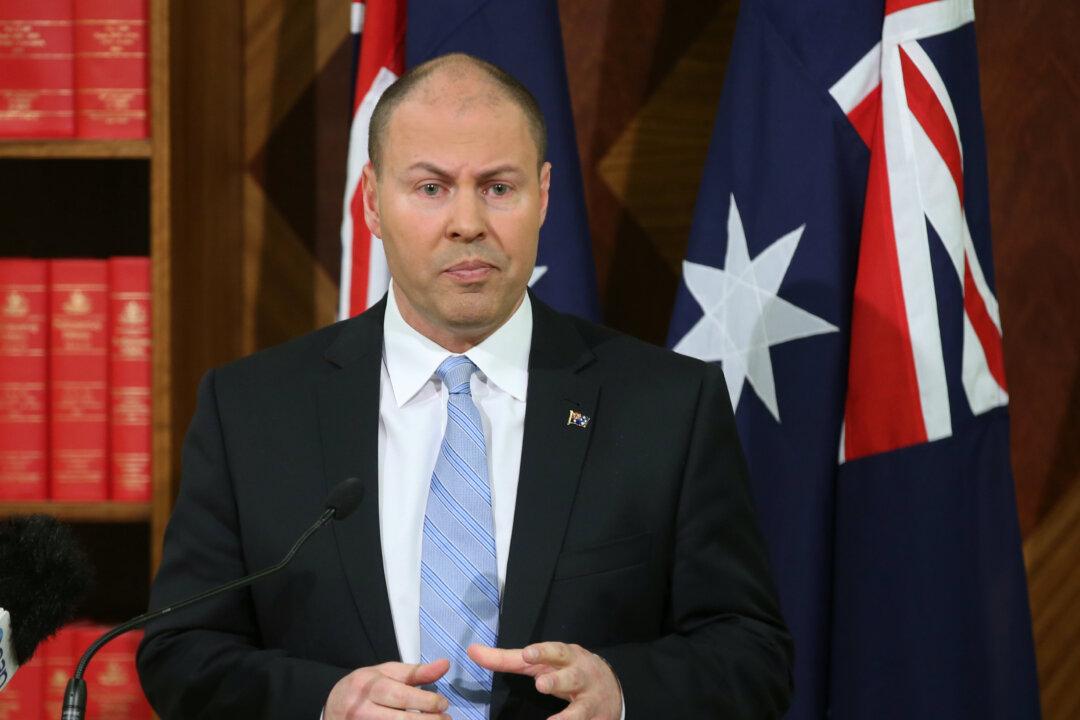JobKeeper, the federal government’s economic protection measure against the financial impacts of the CCP virus, will shift from a flat rate to a tiered system under changes proposed by the federal treasurer Josh Frydenberg.
Appearing on Sky News on July 20 the treasurer explained the changes were part of the federal government’s next wave of income support after the initial JobKeeper period ends on September 27.




